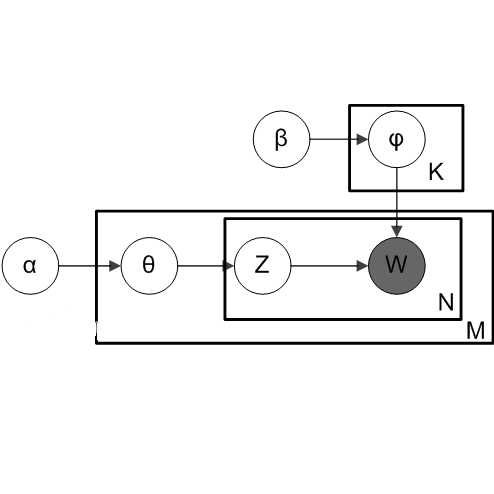Surface electromyography (sEMG) signals hold significant potential for gesture recognition and robust prosthetic hand development. However, sEMG signals are affected by various physiological and dynamic factors, including forearm orientation, electrode displacement, and limb position. Most existing sEMG datasets lack these dynamic considerations. This study introduces a novel multichannel sEMG dataset to evaluate commonly used hand gestures across three distinct forearm orientations. The dataset was collected from nineteen able-bodied subjects performing twelve hand gestures in three forearm orientations--supination, rest, and pronation. Eight MFI EMG electrodes were strategically placed at the elbow and mid-forearm to record high-quality EMG signals. Signal quality was validated through Signal-to-Noise Ratio (SNR) and Signal-to-Motion artifact ratio (SMR) metrics. Hand gesture classification performance across forearm orientations was evaluated using machine learning classifiers, including LDA, SVM, and KNN, alongside five feature extraction methods: TDD, TSD, FTDD, AR-RMS, and SNTDF. Furthermore, deep learning models such as 1D CNN, RNN, LSTM, and hybrid architectures were employed for a comprehensive analysis. Notably, the LDA classifier achieved the highest F1 score of 88.58\% with the SNTDF feature set when trained on hand gesture data of resting and tested across gesture data of all orientations. The promising results from extensive analyses underscore the proposed dataset's potential as a benchmark for advancing gesture recognition technologies, clinical sEMG research, and human-computer interaction applications. The dataset is publicly available in MATLAB format. Dataset: \url{https://www.kaggle.com/datasets/ummerummanchaity/fors-emg-a-novel-semg-dataset}
翻译:暂无翻译



